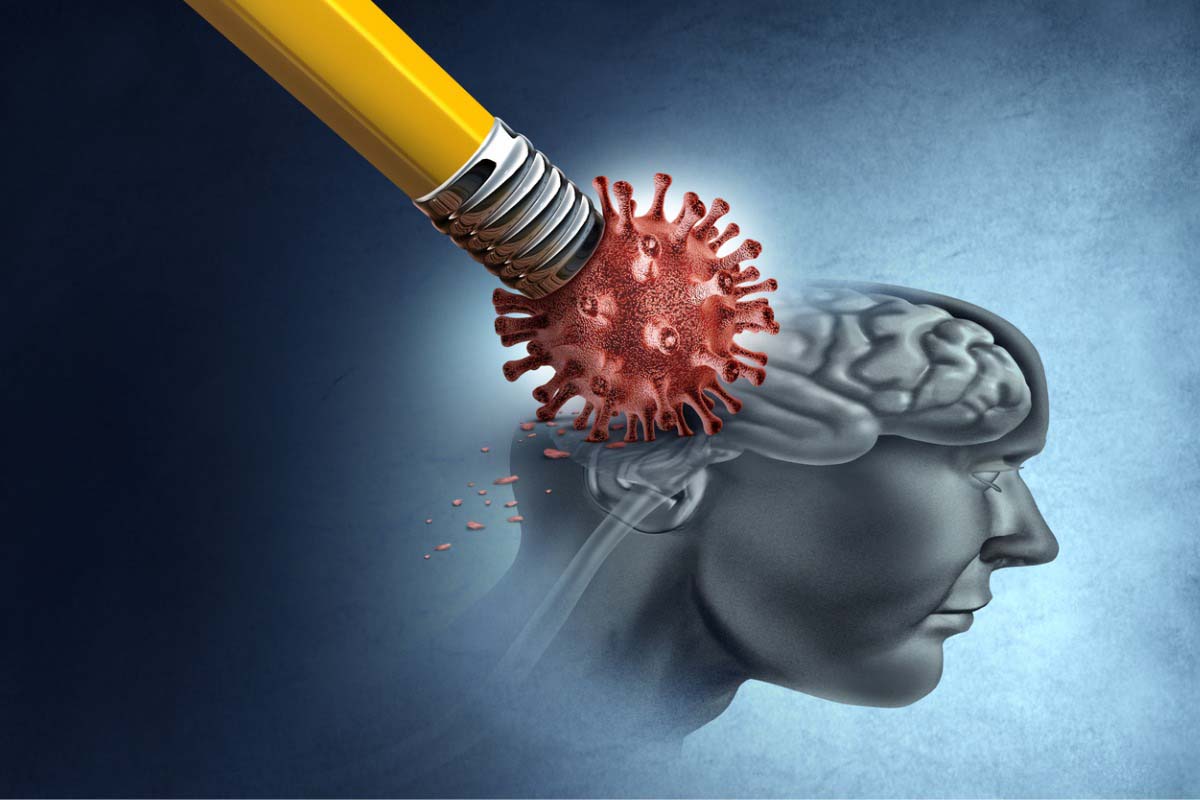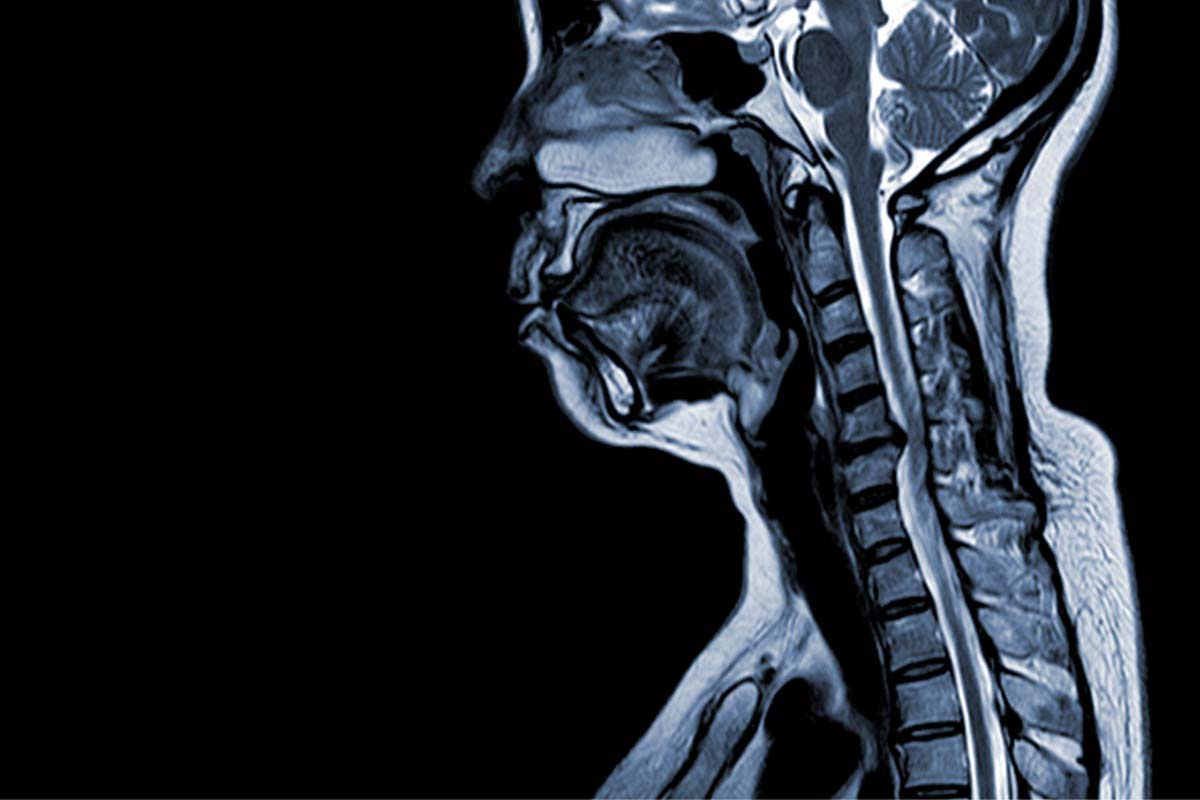
Prim Care Companion CNS Disord 2021;23(4):21br02990
To cite: Singh GP. Novel state rapid response team training module during the COVID-19 pandemic in India. Prim Care Companion CNS Disord. 2021;23(4):21br02990.
To share: https://doi.org/10.4088/PCC.21br02990
© Copyright 2021 Physicians Postgraduate Press, Inc.
aDepartment of Psychiatry, Government Medical College and Hospital, Chandigarh, India
*Corresponding author: Gurvinder Pal Singh, MD, Department of Psychiatry, Government Medical College and Hospital, Chandigarh, India 160030 ([email protected]).
Chandigarh, India reported the first case of coronavirus disease 2019 (COVID-19) on March 18, 2020, and strict restrictions were subsequently imposed to stop the spread. Later, as the restrictions were eased in a phased manner, the pandemic reached a peak in the middle of September 2020, after which there was a decline in the number of cases and deaths. During the height of the COVID-19 pandemic in September 2020, the Chandigarh administration divided the city into 5 zones with dedicated rapid response teams in each zone that responded to emergencies after receiving distress calls through helpdesk numbers. A team of rapid responders examined all COVID-19 patients in home isolation, including psychiatry patients, during initial worsening of symptomatology. Since then, rapid response team members have responded to several public health emergencies. The broad knowledge, skills, and flexibility of the rapid response team members have been one of Chandigarh’s biggest assets in response to COVID-19 outbreaks.1
The first description of the successful outcome of the rapid response team in clinical practice was demonstrated in the 1990s.2,3 Rapid response teams of trained experts, including a consultant psychiatrist who can quickly mobilize emergency responses, have been a key component of the manpower network during the COVID-19 pandemic in India. Rapid response teams bring together public health and mental health experts who stand ready to strengthen emergency response capacity and quickly provide care to COVID-19 patients in home isolation. The communication platform was a key to the success of the early responses of the rapid response team members.4 This report describes how rapid response teams were formed and the training process before and during implementation.
A rapid response team for the south zone of Chandigarh consisting of a consultant psychiatrist and other specialists, nursing officers, medical social welfare officers, and hospital attendants was created. The team was deputed to provide medical, surgical, psychiatric, and other services for the COVID-19–home isolated patients, which included contact tracing, testing of the contacts of positive cases, and shifting of positive cases to various COVID care centers and hospitals. The regular duty rosters of various rapid response teams were prepared by the authorities and circulated in Chandigarh in November 2020. In December 2020, a communication was received from authorities to our team about this duty, and we contacted 3 senior psychiatrists and 3 public health experts who had completed this duty since September 2020. The feedback received from all 6 experts described multiple challenges in communication channels in response to the distress calls of patients during the COVID-19 pandemic.
Our rapid response team members reviewed all previous feedback from communication channels and any deficiencies. All treatment protocols, COVID-19 rapid response team guidance,5 published literature in the corresponding areas, and standard operating procedures were retrieved and analyzed, and a novel state rapid response team training module was prepared and a social networking group was formed for pilot testing. This state rapid response training module was discussed with 3 other senior psychiatrist experts, and the final 9 steps of the training module with a communication platform were organized in a hierarchy pattern and pilot tested in Chandigarh as outlined below.
- The preparatory stage was the first step of the state rapid response team training module. Two days before the start of scheduled duty, all team members were sensitized, rapport building sessions were conducted, and task assignments were distributed with the goal of a zero mortality rate in home isolation COVID-19 cases. A 1-hour practical demonstration by a trained consultant and public health expert was conducted. Also, a webchat group was created, and members were provided access to all guidance details, rapid response guidelines, checklists, protocols, contact numbers, and telemedicine services numbers. Team members were to report communication crisis issues within this group. Emergency duty roster preparation and finalization were completed 1 day in advance, a communication platform was established among rapid response team members and all previous communication issues were rectified, and a rehearsal was conducted before the start of duties.
- The first 2 days of rapid response team duty were important to streamline the communication platform process; therefore, well-trained experts were scheduled to receive helpdesk calls and responses were recorded in a specially designed register. There were 2 webchat groups for the rapid response teams in the south zone and 1 for the transport group. All actions taken were mentioned in the webchat groups, and distress calls were to be answered within a 1-hour timeframe.
- Feedback reviews were conducted every morning at 8 am for 15 days so that any questions from the webchat groups could be answered promptly.
- Accurate information about resources, transport, and ambulance availability and coordination between the various response members was ensured and reviewed twice a day.
- Rapport building sessions with emergency medical officers of the tertiary hospital where the team was located were conducted during shifts.
- In the communication platform, attention was especially focused on challenges faced by populations such as children, the elderly, pregnant women, and patients with comorbidities.
- Through the communication platform, delivery of medical kits as well as pulse oximeter and essential medicine supplies was ensured. The home-isolated patients were physically examined by the rapid response team members, their vital parameters were checked, and their pulse oximetry oxygen saturation level monitoring was cross-checked.
- In a severe emergency crisis, a communication platform was established expeditiously with higher-level agencies and Chandigarh administrative authorities so that crisis issues were resolved as quickly as possible.
- The home-isolated patients were admitted to hospital medical emergency units if any worsening indicators, as per protocol (ie, vital parameters), were observed.
The majority of communication issues were observed at the time of submission of daily morning reports and change of duty schedule as per rapid response team duty rosters. Some experienced team members were confident in resolving challenging communication issues such as shifting patients from home isolation to specialized facilities like dialysis centers. Implementation of this module ensured that the team members communicated openly with empathy. The successful implementation of the state rapid response team training steps resulted in achieving a zero mortality rate in home-isolated patients in Chandigarh. The module also resulted in improvements in how the helpdesk operated and communicated with team members. The nodal agencies and authorities also observed a significant improvement in response to calls received by helpdesk services.
In Chandigarh, state rapid response team members faced many communication challenges in the treatment of children, elderly people aged > 80 years, and patients with multiple physical and psychiatric comorbidities. During the day from 9 am to 5 pm, the majority of distress calls from home-isolated patients were received at the helpdesk. In Chandigarh, the experienced nursing officer and consultant psychiatrist communication channels and regular daily feedback were the keys to the success of the management of the rapid team members’ responses.
This pilot-tested communication platform for rapid response teams continues to play a crucial role during the current surge of active COVID-19 home-isolated patients in Chandigarh.6,7 This novel state rapid response training module could decrease the mortality rate of COVID-19 home-isolated patients, and if this module is retested in other cities, it could improve quality of care for patients in the home setting in various states of India and abroad. In conclusion, this novel rapid response team training module provided state rapid response team members with the key knowledge and tools for early detection and effective response to the COVID-19 crisis situation in Chandigarh, India.
Received: April 13, 2021.
Published online: July 22, 2021.
Potential conflicts of interest: None.
Funding/support: None.
References (7)

- Sayal AS. Chandigarh admn to streamline Covid-19 hospitalisation process. Hindustan Times website. Updated October 2, 2020. Accessed April 13, 2021. https://www.hindustantimes.com/chandigarh/chandigarh-admn-to-streamline-covid-19-hospitalisation-process/story-1Vs3Lb85DG4vf0Ntzic8fN.html
- Lee A, Bishop G, Hillman KM, et al. The medical emergency team. Anaesth Intensive Care. 1995;23(2):183–186. PubMed CrossRef
- Goldhill DR, Worthington L, Mulcahy A, et al. The patient-at-risk team: identifying and managing seriously ill ward patients. Anaesthesia. 1999;54(9):853–860. PubMed CrossRef
- Centers for Disease Control and Prevention. Guidance for US Centers for Disease Control and Prevention Staff for the Establishment and Management of Public Health Rapid Response Teams for Disease Outbreaks. Accessed June 29, 2021. https://www.cdc.gov/coronavirus/2019-ncov/downloads/global-covid-19/RRTManagementGuidance-508.pdf
- Centers for Disease Control and Prevention. Rapid Response Team. Establishment and Management of Public Health Rapid Response Teams for Disease Outbreaks: COVID-19 Disease Supplement. Accessed June 29, 2021. https://www.cdc.gov/coronavirus/2019-ncov/global-covid-19/rtt-management-introduction.html
- Salyal AS. 2021 Chandigarh sees 43% surge in weekly Covid cases, Chandigarh news. Hindustan Times website. Updated February 23, 2021. Accessed April 13, 2021. https://www.hindustantimes.com/cities/chandigarh-news/chandigarh-sees-43-surge-in-weekly-covid-cases-101614020430215.html
- Mishra N. 2021 Chandigarh witnesses surge in weekly Covid-19 cases. The Tribune News Service website. Accessed June 29, 2021. https://www.tribuneindia.com/news/chandigarh/chandigarh-witnesses-surge-in-weekly-covid-19-cases-220121
Please sign in or purchase this PDF for $40.
Save
Cite



